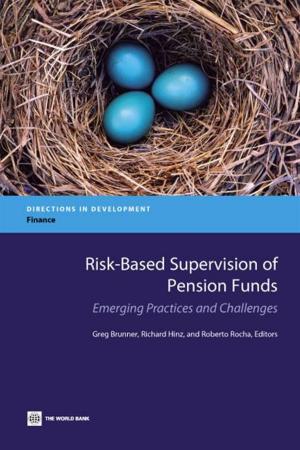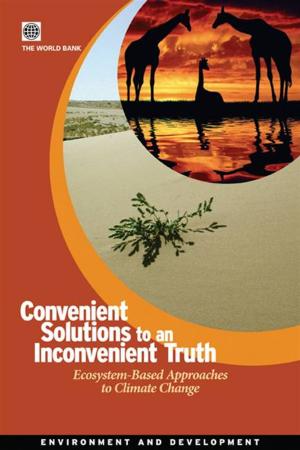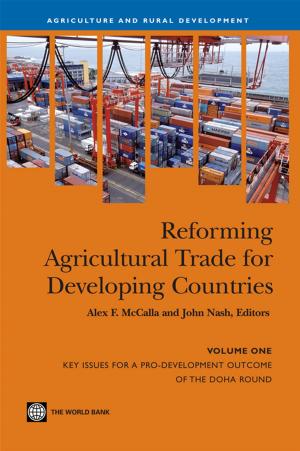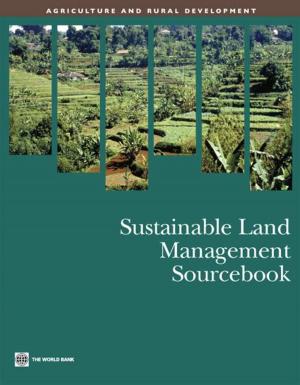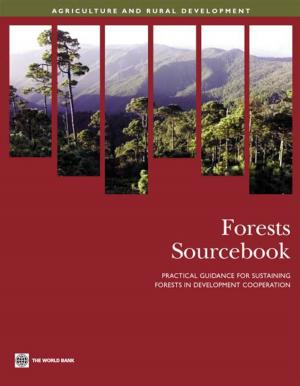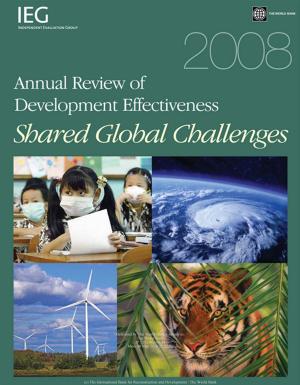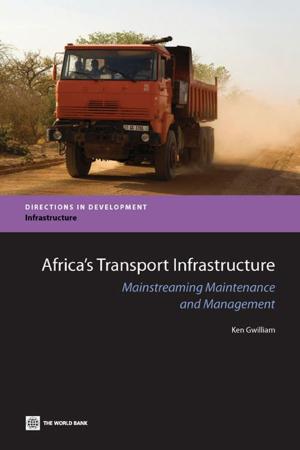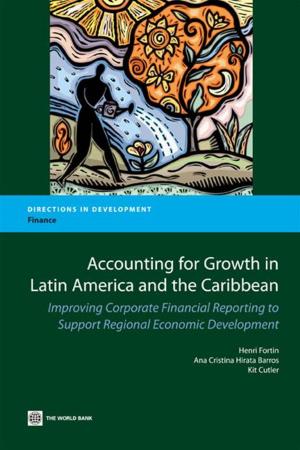Rising Global Interest in Farmland: Can It Yield Sustainable and Equitable Benefits?
Business & Finance, Industries & Professions, Industries| Author: | Deininger Klaus; Byerlee Derek | ISBN: | 9780821385920 |
| Publisher: | World Bank | Publication: | January 10, 2011 |
| Imprint: | Language: | English |
| Author: | Deininger Klaus; Byerlee Derek |
| ISBN: | 9780821385920 |
| Publisher: | World Bank |
| Publication: | January 10, 2011 |
| Imprint: | |
| Language: | English |
This book aims to provide key pieces of information needed for informed debate about large-scale land acquisition by drawing on the experience from past land expansions discussing predictions for potential future demand and providing empirical evidence of what is happening on the ground in the countries most affected by the recent increase in demand for land. It complements demand side considerations with a detailed assessment of the amount of land whether currently cultivated or not that might potentially be available for agricultural cultivation at the global and country levels. It then describes in some detail the policies in place to manage land acquisition processes and analyzes how these policies may affect outcomes. This information can help governments in land abundant countries to assess how best to integrate increased demand for land into their rural development strategies and provide opportunities and benefits to all involved including existing smallholders. This is particularly important as many of these countries also have high yield gaps. It also highlights how in cases where land acquisition by large investors makes sense from a social economic and environmental perspective governments can create an environment that can help to attract outside investment that contributes to broad-based growth and poverty reduction.
This book aims to provide key pieces of information needed for informed debate about large-scale land acquisition by drawing on the experience from past land expansions discussing predictions for potential future demand and providing empirical evidence of what is happening on the ground in the countries most affected by the recent increase in demand for land. It complements demand side considerations with a detailed assessment of the amount of land whether currently cultivated or not that might potentially be available for agricultural cultivation at the global and country levels. It then describes in some detail the policies in place to manage land acquisition processes and analyzes how these policies may affect outcomes. This information can help governments in land abundant countries to assess how best to integrate increased demand for land into their rural development strategies and provide opportunities and benefits to all involved including existing smallholders. This is particularly important as many of these countries also have high yield gaps. It also highlights how in cases where land acquisition by large investors makes sense from a social economic and environmental perspective governments can create an environment that can help to attract outside investment that contributes to broad-based growth and poverty reduction.



